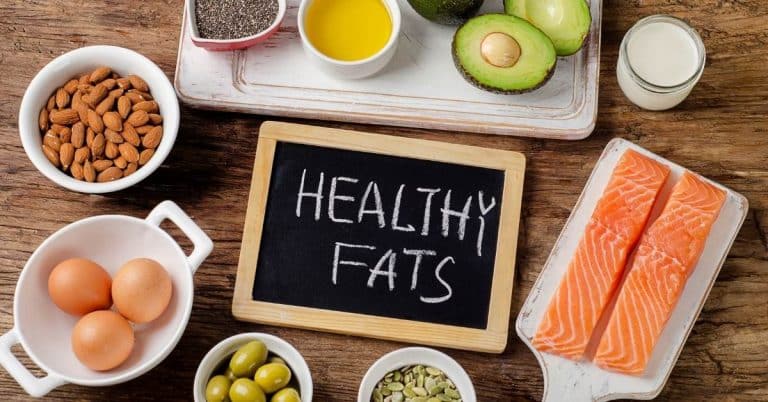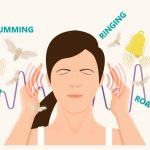Now that all we have is time, it’s the perfect time to look at your diet and see where improvements can be made!
When you add heathy fats to your diet, they help to balance your blood sugar. How does it work? Many of us eat constantly because our blood sugar rollercoaster takes us up and down. To get our blood sugar, mood and energy balanced is a seven part lifestyle change, and today we are adding healthy fats.
On day one, we added more water. This article also explains why our blood sugar spikes. Next on day two, we added protein because protein keeps us full. And now…Fat. Thought you shouldn’t have it? Think again.
Add healthy fats to balance blood sugar with a slow burn
Fats (or lipids) are used for energy in the body as a slow burn. Unlike the quick burst of energy from a carbohydrate, fats provide a long term source of energy. Fats are additionally beneficial as they:
- Absorb fat soluble vitamins
- Aid in the maintenance of a steady metabolism
- Nourish the skin, hair, and nails
Fats, like proteins, are macronutrients; they need to be broken down to be effective. Fatty acids and glycerol are the components of fats. Their structural arrangement determines whether they are deemed “healthy” or “unhealthy” due, in part, to their level of saturation. Trans fats, saturated fats, unsaturated fats, and essential fatty acids (Omega-3) are the different types of fats, and some are healthier than others.
Stay Away From Trans Fats
Trans fats are chemically altered fats. Since they are man-made, the body has a difficult time processing them. These fats raise LDL (“bad”) cholesterol levels, accelerating heart disease and aging. They increase food’s shelf life and give flavor to processed foods, commercially prepared baked goods and margarines. They should be eliminated from a healthy diet.
Minimize saturated fats
Saturated fats are solid at room temperature and, with one notable exception, their consumption should be minimized. The exception is coconut oil as it contains beneficial medium-chain fatty acids (MCFAs). Coconut oil can:
- Promote heart health
- Stimulate metabolism
- Keep the skin youthful looking
Add healthy unsaturated Fats
Unsaturated fats are liquid at room temperature, like canola and olive oil. These are fats that can be added to the diet as a healthier alternative to the synthetic trans fats and the saturated fats like butter.
What are essential fatty acids
Essential fatty acids (EFAs) are “essential” because the body cannot make them. Ergo, they must be obtained through the diet. They are the most healthy for us to consume, but also the least common in a typical American diet.
Notably, they are anti-inflammatory, and keep the blood sugar level consistent. This promotes:
- Memory
- Energy
- Mood
- Decreased stress
EFAs are divided into the Omega-3 and Omega-6. The standard American diet overloads the 6s and skimps on the 3s. Omega-3s are found in:
- Oily fish
- Fish oil supplements
- Walnuts
- Flax seed
In some individual diets the ratio is skewed 20:1 in favor of Omega-6, which limits the anti-inflammatory punch of the Omega-3.
Watch out for no or low fat foods
When diets are labeled “No fat”, “Fat free” and “Low fat”, the mindset is to remove fat, as though its mere presence in the diet created havoc. Fat is not the enemy! It is an essential macronutrient, and its removal from the diet is what is detrimental.
When one nutrient is removed from a balanced diet, another takes its place. In the case of removing fats, the alternative is often sugar. Therefore, a seemingly healthy version of a “No fat”, “Fat free” or “Low fat” diet becomes a “High sugar” diet and back on the roller coaster you go.
Have you tried walnuts in your salad
This week, take on adding a healthy fat to your diet. Try avocado on your toast instead of butter. Sprinkle some walnuts on your salad. Add flax to a smoothie. The possibilities are endless. Comment below with a favorite of your own…





















